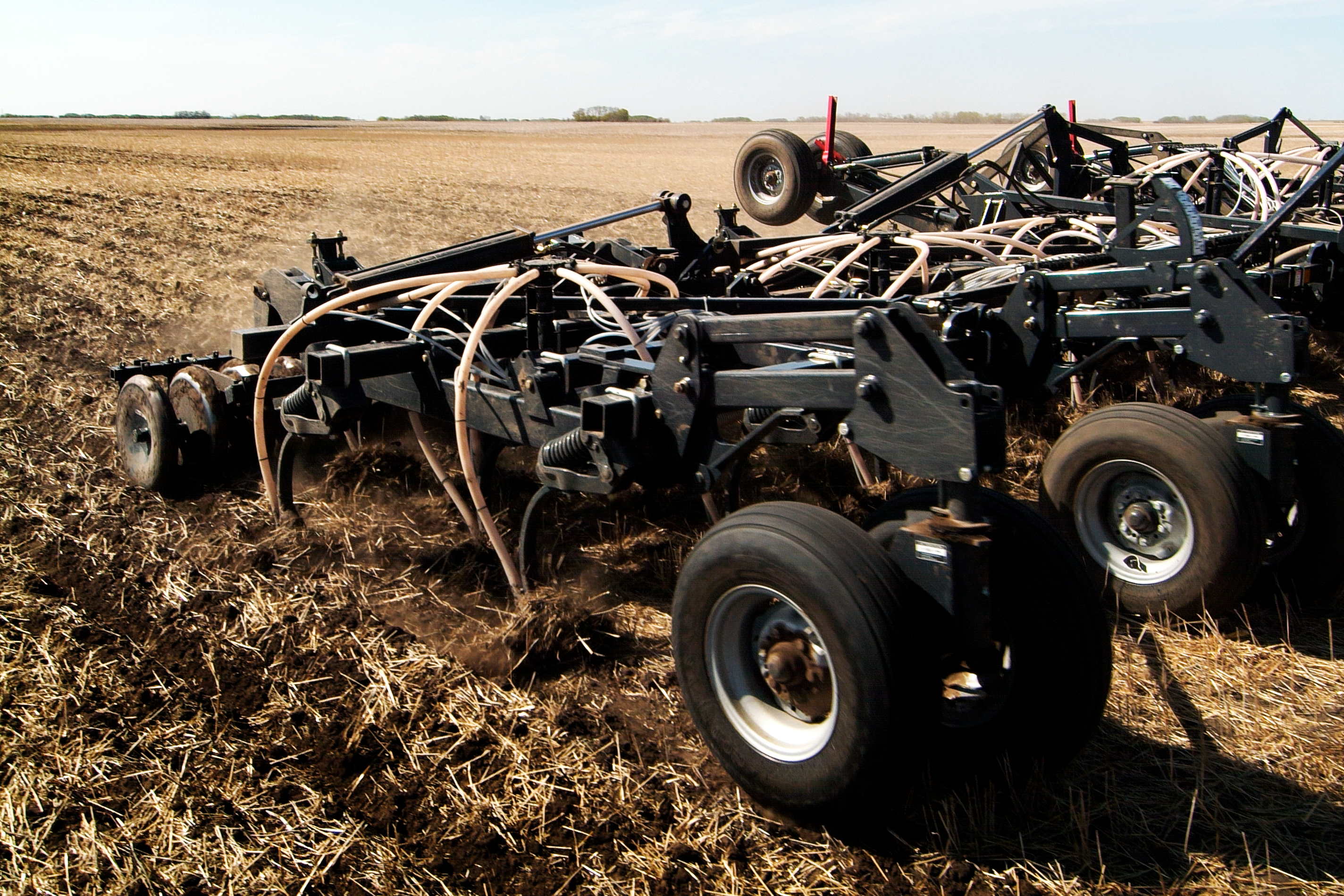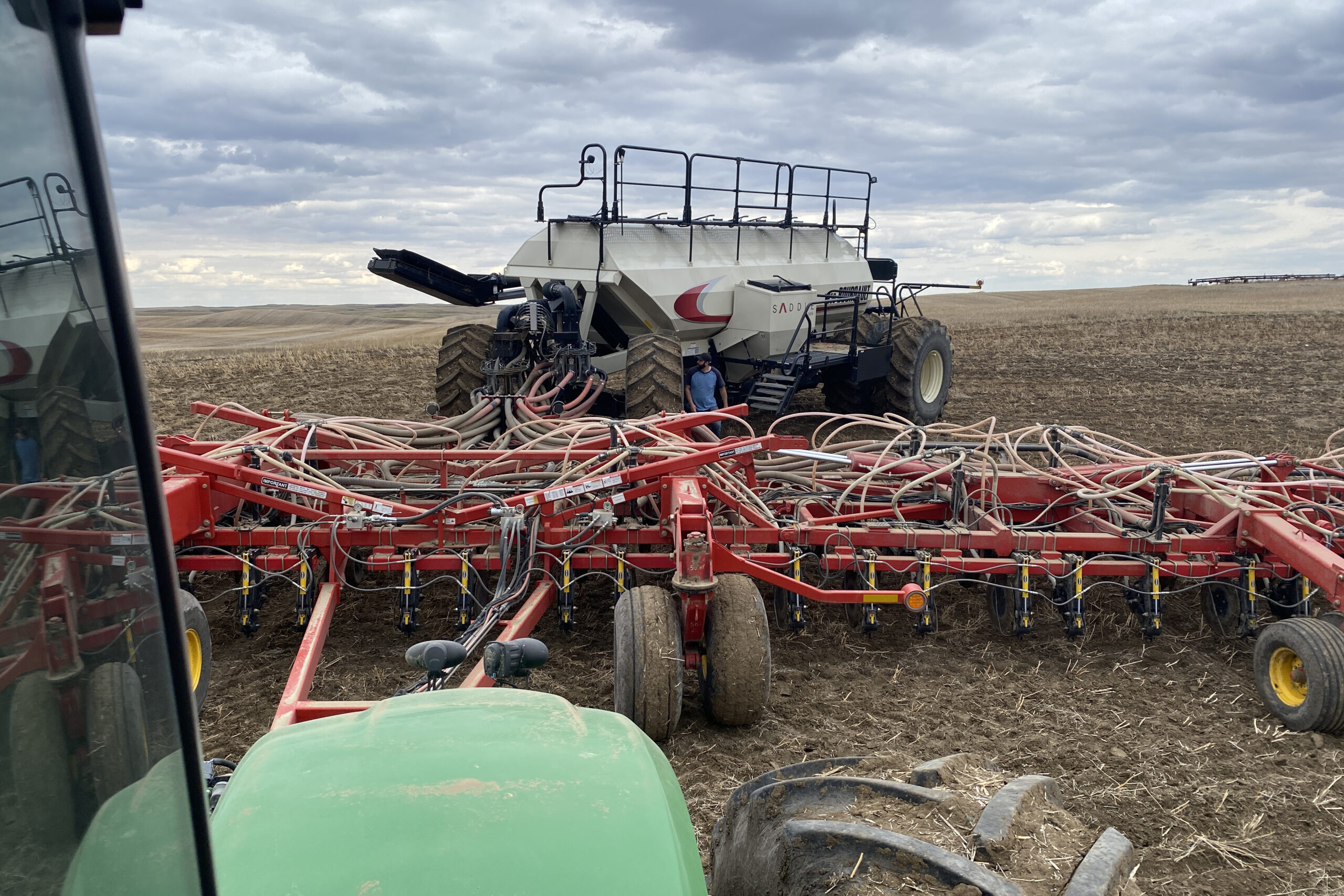Jon Driedger, LeftField Commodity Research
September 2020
One of the great early spring traditions in the agriculture industry is forecasting seeded area for the coming season. On the one hand it’s easy to place too much emphasis on this figure – after all, even a modest swing in yield can more than offset a moderate shift in plantings. At the same time, what goes into the ground is one of the few things that farmers can (mostly) control to respond to early market signals, after which much of the rest of the production story is left to Mother Nature to write.
There can also be variability between what farmers originally intend to plant when initial surveys are done and what actually goes in the ground. Rarely has there been a year when circumstances changed so dramatically during that short window than in 2020.
This was particularly the case for lentils. New crop prices had been moving higher through late winter and early spring to quite attractive levels for farmers, most notably for reds. Expectations were for a large jump in plantings. Instead, Statistics Canada (StatCan) showed the opposite when the initial estimate was reported on May 7, 2020. Their figures had Saskatchewan lentil acres at just 3.323 million (M), down modestly from the 3.388 M acres planted in 2019. National figures showed a similar trend. The perception was that StatCan had a big miss.
Their next report in late June showed a number closer to what had initially been expected. Saskatchewan lentil acres were estimated to be 12% higher than the previous year, at 3.8 M, compared to the small decline that was first reported. In other words, farmers did their part by responding to strong demand and rising prices in early spring by putting more lentils in the ground.
The response to market signals didn’t just apply to lentil acres as a whole, but also showed up within the different types. The June report gave a more detailed breakdown (the initial estimate only reported lentils in aggregate), and showed Saskatchewan red lentil acres jumping 25% year- over-year, while large green lentil acres were essentially flat and small greens slipped 30%. This was a fair reflection of the new crop opportunities that were being shown to farmers going into seeding.

The swing between the initial StatCan report and the June figure was less dramatic for peas. Total pea acres increased only 33,000 between the two reports, to 2.3 M in Saskatchewan, which was only marginally lower than what was planted in 2019. This is also a fair reflection of what the market was telling farmers – demand was steady and pricing opportunities were decent, even if not a home run, while the agronomic benefits of having peas in the crop rotation further ensured a reasonably steady acreage base. Ongoing reports of further investment in processing plants located on the Prairies also provides a psychological lift, even if some of the operating dates are further down the road and the actual volumes are (so far) relatively small compared to what will be exported.

The new crop pea prices did result in farmers adjusting their acres between the different types. Yellow peas remain the dominant type, making up about 75% of Saskatchewan’s pea acres, but they did lose some ground to green peas, which have shown an impressive price premium over the past year.
It would be easy to criticize the early StatCan estimates, particularly when a sizeable upward revision to lentils seemed all but obvious at the time. However, it’s important to keep in mind the circumstances when the initial information was gathered. The COVID outbreak cut the survey short, resulting in a lower number of farmers being sampled, which in turn increases the potential for statistical error. In addition, lentils, perhaps more than any other crop, saw a sharp rise in prices in the window between the initial survey and when seeding took place. This will have encouraged an increase in area irrespective of what data was gathered at the outset.
What is interesting is that, despite a wrong initial number, it did hint at acres being lower what many were expecting at the start of the year. When looking at Canadian lentil acres, the June estimate of 4.2 M acres is up half a million from the figure in early May, but still much smaller than some of the more aggressive estimates floating around the industry at the time. In other words, even a flawed number provided some useful information.
What can we glean from all of this? First, farmers respond to market signals through one of the few things that are in their control – what gets planted each spring. Second, we can often pull useful information out of early season reports, even when we have some doubts about whether a specific number is dead on.
Markets are dynamic, and our responses to them should be as well. Farmers showed that this spring.
Jonathan Driedger is Vice President with LeftField Commodity Research. He can be reached at jon@leftfieldcr.com.



